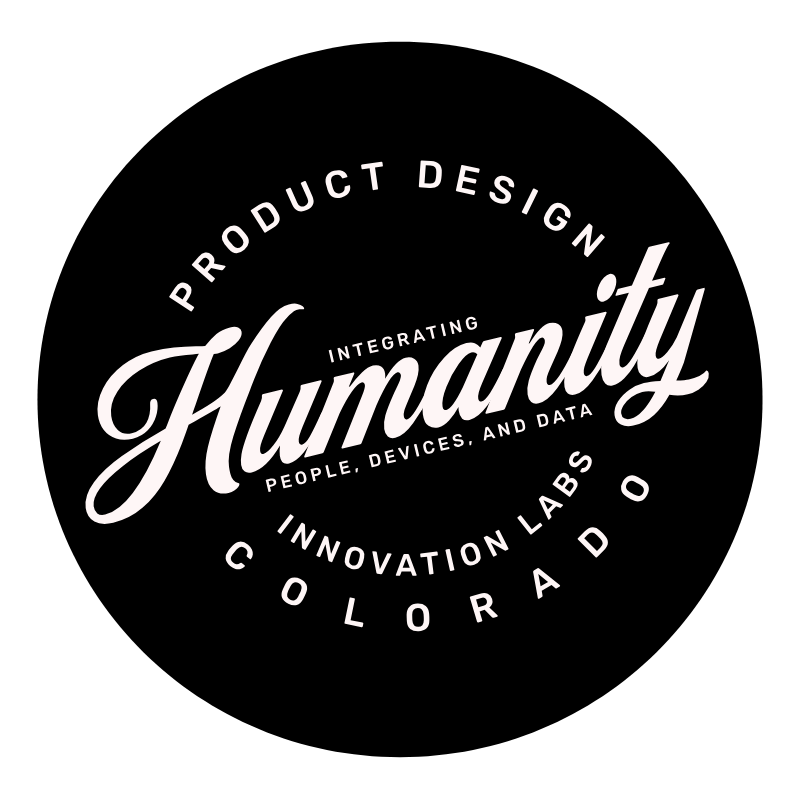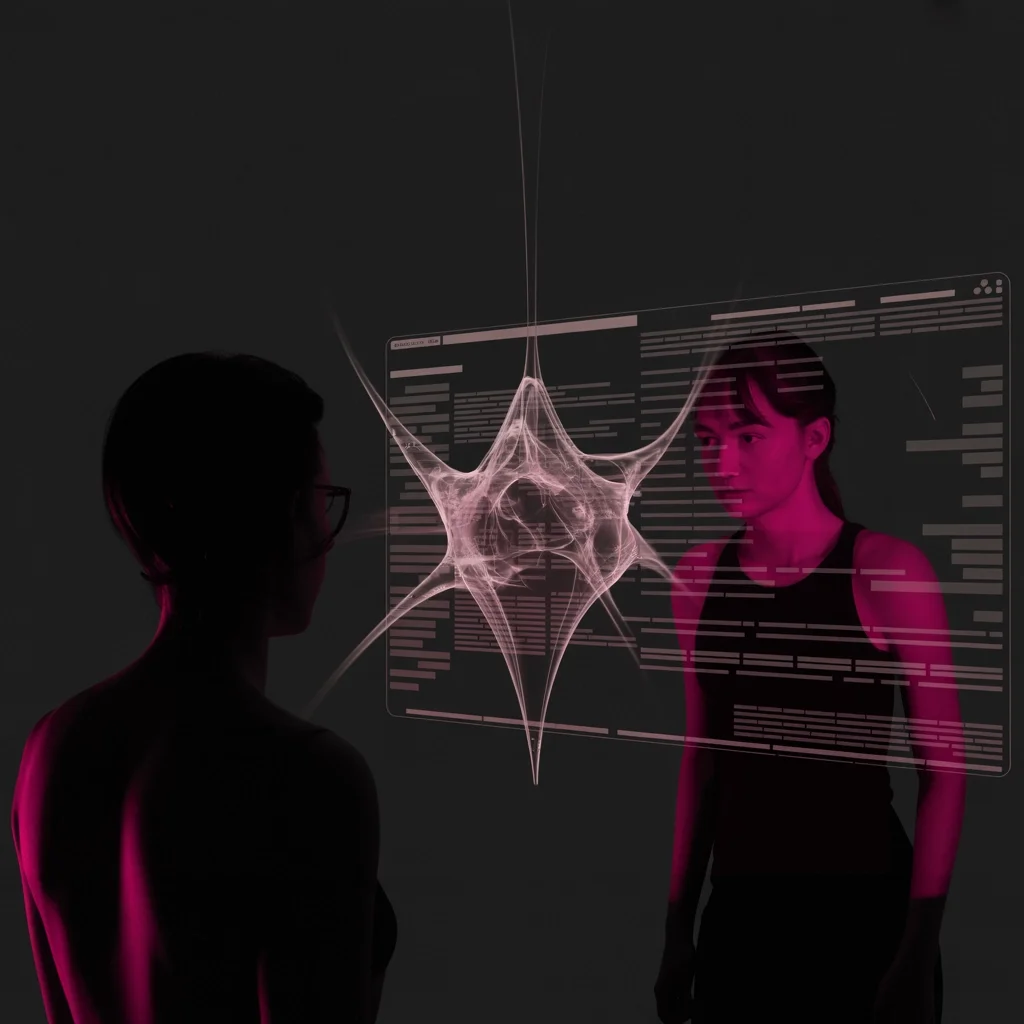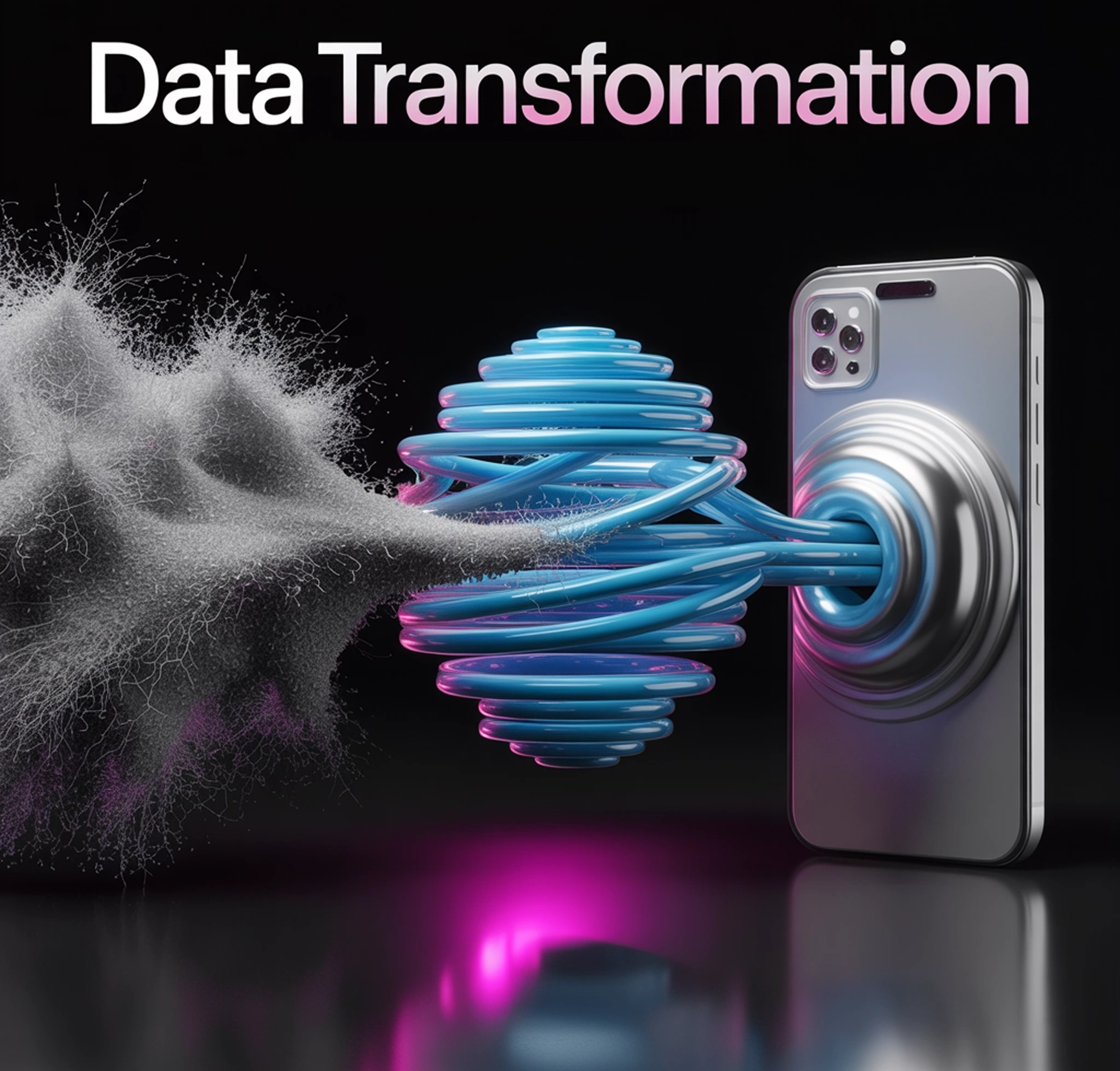The Power of Deep User Research in Breakthrough Tech
Designing for Tomorrow
In today's rapidly evolving tech landscape, creating truly revolutionary products isn't about guesswork or following trends. It's about understanding the humans who will use your technology on a deep, fundamental level. At Humanity Innovation Labs™, we've seen firsthand how deep user research transforms good ideas into breakthrough innovations that genuinely connect with people.
Beyond Surface-Level Insights
Traditional market research tells you what people say they want. Deep user research reveals what they actually need—often before they can articulate it themselves.
When Apple developed the iPhone, they weren't responding to consumer demands for touchscreens and app ecosystems. Instead, they were building on deep insights about human behavior, frustrations with existing mobile technology, and unstated desires for seamless digital experiences. That's the power of looking beyond the obvious.
Deep user research isn't just about collecting data—it's about developing profound empathy and understanding that sparks true innovation. It transforms the innovation process from "build it and they will come" to "understand them, then build it."
The Components of Transformative User Research
Breakthrough technologies require breakthrough research methodologies. Here's what makes user research truly deep and impactful:
1. Contextual Immersion
Rather than sterile lab environments, deep research happens in context—where users live, work, and interact with technology. This ethnographic approach reveals behaviors and needs that users themselves might not recognize.
For example, when researching industrial workflow tools, our team spent weeks embedded with factory technicians. We discovered critical pain points in equipment maintenance that traditional surveys had completely missed—insights that fundamentally changed our design direction.
2. Multi-dimensional Data Collection
Deep research draws from diverse methodologies:
Ethnographic observation - Watching how people naturally interact with technology in their environments
Contextual interviews - Conversations that happen during relevant activities, not in isolation
Journey mapping - Tracking the complete user experience across touchpoints
Co-creation sessions - Involving users as design partners, not just subjects
Longitudinal studies - Following usage patterns over extended periods to uncover emerging behaviors
3. Pattern Recognition and Synthesis
The true magic happens not in data collection but in synthesis—finding the meaningful patterns and tensions that point toward innovation opportunities. This requires cross-disciplinary teams that can connect technological possibilities with human needs.
As one client noted after our research workshop: "We've been collecting user feedback for years, but this is the first time we actually understood what it all meant."
How Deep Research Drives Breakthrough Innovation
Let's explore how comprehensive user research translates into revolutionary technology:
Uncovering Latent Needs
The most transformative technologies often address needs that users couldn't articulate. Deep research reveals these hidden opportunities through careful observation and analysis.
Consider voice assistants. People didn't specifically ask for devices that would listen to their homes. Rather, research revealed the friction points in digital interactions and the natural human preference for conversation—insights that led to completely new interaction paradigms.
Reducing Development Risk
When companies skip thorough research, they often build solutions in search of problems. Deep user understanding dramatically reduces this risk by ensuring product-market fit from the beginning.
One of our enterprise clients initially planned to invest heavily in a complex AR solution for their field technicians. Our research revealed that technicians actually needed simpler, more reliable tools that wouldn't interfere with their physical work. This insight saved millions in development costs and resulted in a streamlined solution with enthusiastic adoption.
Creating Emotional Connections
Breakthrough technologies don't just solve functional problems—they forge emotional connections with users. Deep research uncovers the emotional and social dimensions of technology use that can transform a product from useful to indispensable.
For instance, our research into healthcare wearables revealed that patients were less concerned with data accuracy than with feeling empowered and in control of their health journey. This insight led to a complete redesign that emphasized user agency and supportive feedback loops rather than clinical precision alone.
The Deep Research Process in Action
At Humanity Innovation Labs™, we've refined a research approach that consistently delivers breakthrough insights:
Phase 1: Immersion
We start by immersing ourselves in the user's world—observing, documenting, and experiencing their reality firsthand. This might mean shadowing nurses throughout their shifts, living with families to understand home technology use, or embedding with sales teams to witness customer interactions.
This phase is about suspending assumptions and absorbing experiences with fresh eyes.
Phase 2: Pattern Identification
Next, we look for patterns across multiple data sources. We're particularly interested in:
Recurring pain points that users have normalized
Workarounds that indicate design failures
Inconsistencies between what people say and what they do
Emotional responses that signal deeper needs
Edge cases that might indicate emerging trends
Our proprietary analysis frameworks help transform raw observations into structured insights that can guide innovation.
Phase 3: Insight Development
The critical transformation happens when patterns become actionable insights. This isn't just about listing findings—it's about developing a deep understanding of why users behave as they do and what that means for technology development.
An insight isn't just an observation; it's a penetrating truth about human behavior that can inspire design. For example, "Users struggle with the menu navigation" is an observation. "People prefer technology that mimics familiar physical interactions because it reduces cognitive load during stressful situations" is an insight.
Phase 4: Opportunity Mapping
Finally, we translate insights into concrete innovation opportunities, mapping them against technical feasibility, business viability, and potential impact.
This systematic approach ensures that breakthrough technologies aren't just technically impressive—they're deeply relevant to real human needs.
Implementing Deep User Research in Your Organization
Ready to transform your innovation process with deep user research? Here's how to start:
Build Cross-Disciplinary Research Teams
Effective user research isn't just for UX specialists. Include engineers, business strategists, designers, and subject matter experts in the research process. This diversity of perspective leads to richer insights and helps ensure technical feasibility from the beginning.
Invest in Ongoing Research, Not Just Project-Based Studies
The most innovative companies maintain continuous research programs that build institutional knowledge over time. Instead of conducting research only at project kickoff, create systems for ongoing user understanding.
As we explain in our continuous research methodology, establishing persistent feedback loops with users creates a foundation for sustained innovation.
Prioritize Depth Over Breadth
Five deep user studies often yield more actionable insights than surveys of thousands. Don't fall into the trap of prioritizing quantity over quality. A single profound insight can transform your entire product strategy.
Create Mechanisms for Insight Activation
Research that sits in reports without influencing decisions is wasted. Create structured processes for turning research insights into design principles, product requirements, and innovation initiatives.
The Future of User Research
As technology evolves, so do research methodologies. We're particularly excited about:
AI-augmented analysis that can help identify patterns across massive qualitative datasets
Remote ethnography tools that enable deeper observation while respecting privacy
Neurological and biometric measures that reveal unconscious responses to technology
Participatory design platforms that transform users from subjects to co-creators
Yet even as methodologies evolve, the fundamental principle remains: breakthrough technology requires deep human understanding.
Conclusion: From Understanding to Innovation
In a tech landscape increasingly dominated by AI, automation, and digital transformation, the companies that will create truly breakthrough technologies are those that maintain an unwavering focus on human needs, contexts, and experiences.
Deep user research isn't just a phase in the development process—it's the foundation of meaningful innovation. It's what transforms technically impressive solutions into technologies that genuinely improve human lives.
At Humanity Innovation Labs, we've seen how this deep understanding consistently leads to more successful products, more efficient development cycles, and more meaningful innovations. When you understand the humans behind the use cases, you design not just for today's needs but for tomorrow's possibilities.
Want to learn more about implementing deep user research in your organization? Explore our detailed breakdown of effective user research methods or contact our team to discuss how we can help transform your innovation process.




